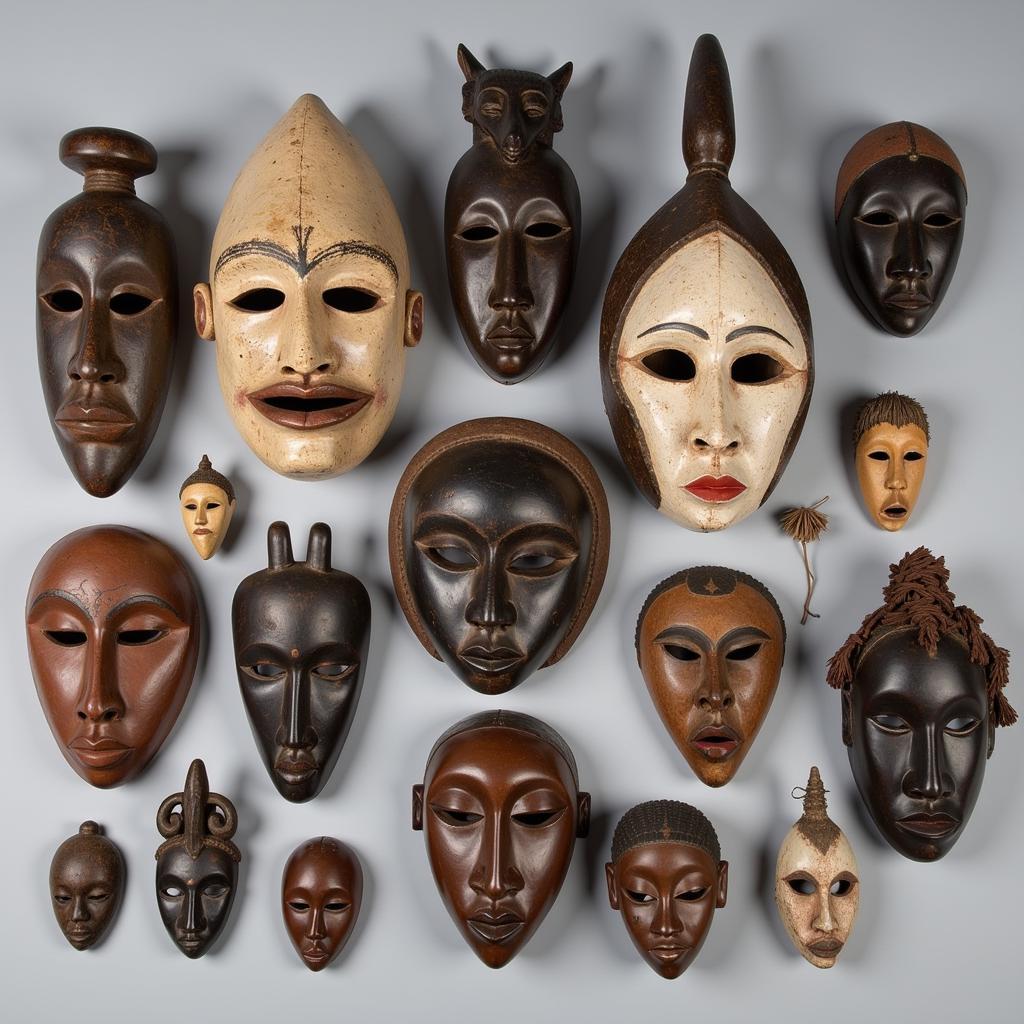The Majestic African Crowned Crane: A Symbol of Royalty and Grace
The African Crowned Crane, with its striking plumage and regal bearing, is a captivating bird that embodies the beauty and majesty of the African continent. This magnificent creature, scientifically known as Balearica regulorum, is a true symbol of grace and elegance, and its presence adds a touch of wonder to the landscapes it inhabits.
A Bird of Many Names
The African crowned crane is known by various names, reflecting its cultural significance across different regions of Africa. In some parts of the continent, it is referred to as the “grey crowned crane”, while others call it the “golden-crested crane”. The “crowned crane” or “African crowned crane” are common names used internationally.
Physical Characteristics: A Symphony of Color and Form
The African crowned crane is a bird of striking beauty, characterized by its unique combination of colors and patterns. Its plumage is a vibrant array of gray, white, and black, with accents of gold and crimson.
A Crown of Glory
The most prominent feature of this bird is its crown, which is a golden-yellow tuft of feathers that stands erect on its head. This crown gives the crane its name and adds to its regal appearance.
A Striking Silhouette
The crane’s body is tall and slender, with long legs and a long neck. Its wings are broad and powerful, enabling it to take flight with grace and ease. The bird’s black and white plumage creates a striking silhouette against the backdrop of the African savanna.
A Vocal Masterpiece
The African crowned crane is known for its distinctive call, a loud, resonant trumpet-like sound that can be heard for miles. This call is often described as a “woo-hoo” or a “krroo-krroo” sound, and it serves as a communication tool for the birds.
Habitat and Distribution: A Home Across Africa
The African crowned crane is found throughout sub-Saharan Africa, with its range extending from Senegal in the west to Ethiopia in the east. They prefer wetlands, grasslands, and savannas with ample water sources and plenty of vegetation for foraging.
A Symbol of Royalty and Respect
In many African cultures, the African crowned crane holds a special place as a symbol of royalty, power, and spiritual significance.
- “Dr. John Mbiti, a prominent Kenyan theologian, has said: “The crowned crane is a symbol of beauty and grace, and it is often associated with royalty and spiritual power in many African cultures.”
In some cultures, the crane’s presence is considered a good omen, while in others, it is believed to have protective powers. Its striking appearance and graceful movements have inspired numerous legends and folktales.
A Vulnerable Species: Facing Challenges
Despite its cultural significance, the African crowned crane faces a number of threats, including habitat loss, hunting, and the illegal pet trade. These challenges have led to a decline in the species’ population, and it is now classified as “Vulnerable” by the International Union for Conservation of Nature (IUCN).
- “Dr. Sarah Jones, a conservation biologist at the Wildlife Conservation Society, shares: “The African crowned crane is facing increasing pressure from human activities. Conservation efforts are crucial to ensure its survival.”
Conservation Efforts: Protecting the African Crowned Crane
Several organizations and individuals are working to protect the African crowned crane and its habitat. These efforts include habitat restoration, captive breeding programs, and community-based conservation initiatives.
Frequently Asked Questions
What does the African crowned crane eat?
The African crowned crane is omnivorous, feeding on a variety of plant matter, insects, and small animals. They are known to forage for seeds, grains, fruits, and tubers, as well as invertebrates like grasshoppers, beetles, and snails.
What is the lifespan of an African crowned crane?
The average lifespan of an African crowned crane in the wild is about 10-15 years. They can live longer in captivity, with some reaching up to 20 years.
Are African crowned cranes monogamous?
African crowned cranes are known to form strong pair bonds and are often monogamous. They will typically mate for life and work together to raise their young.
Conclusion
The African crowned crane is an iconic species, captivating hearts with its beauty, grace, and cultural significance. Its presence on the African continent is a testament to the rich biodiversity of this remarkable land. By understanding the challenges it faces and supporting conservation efforts, we can help ensure that future generations continue to be inspired by this majestic bird.

